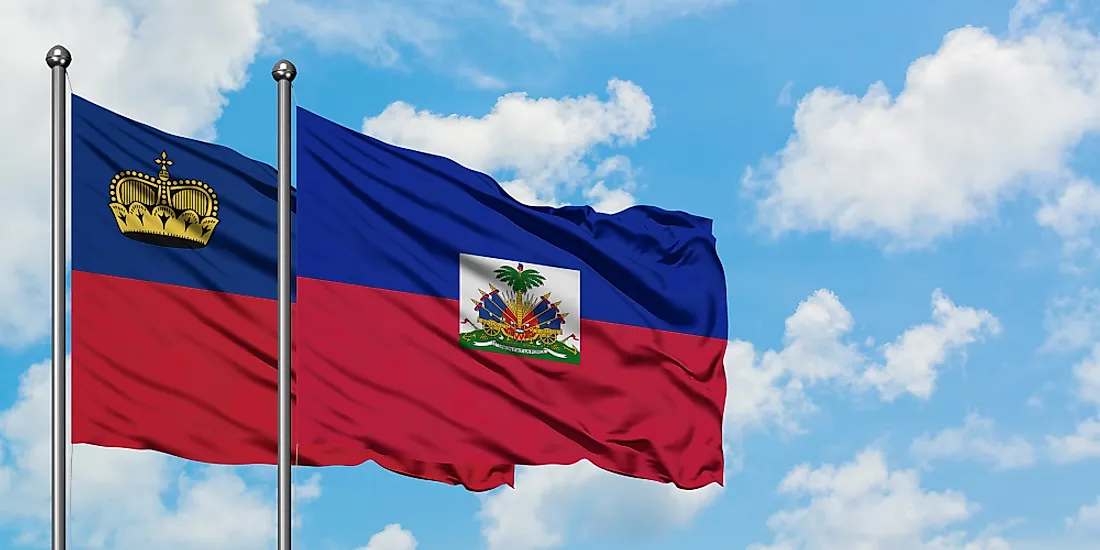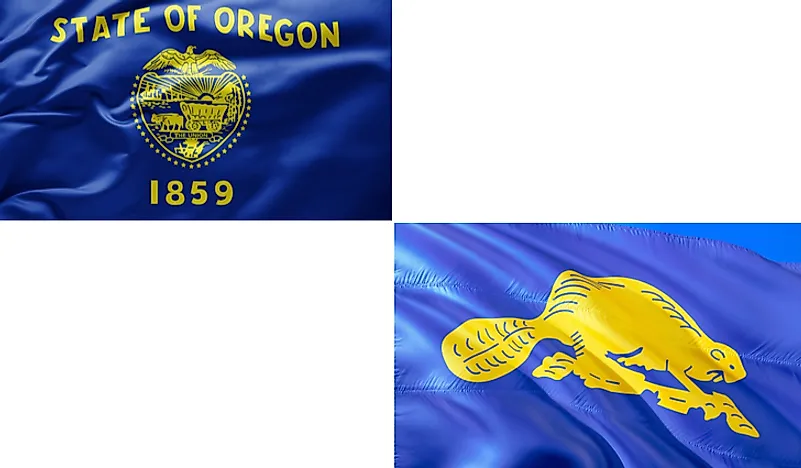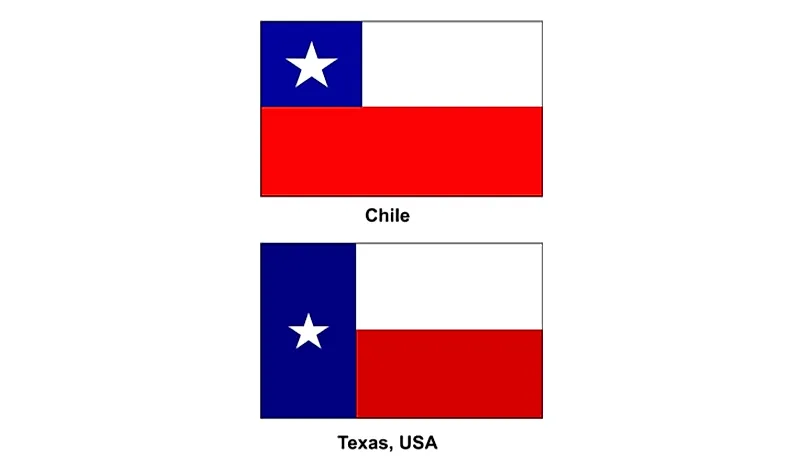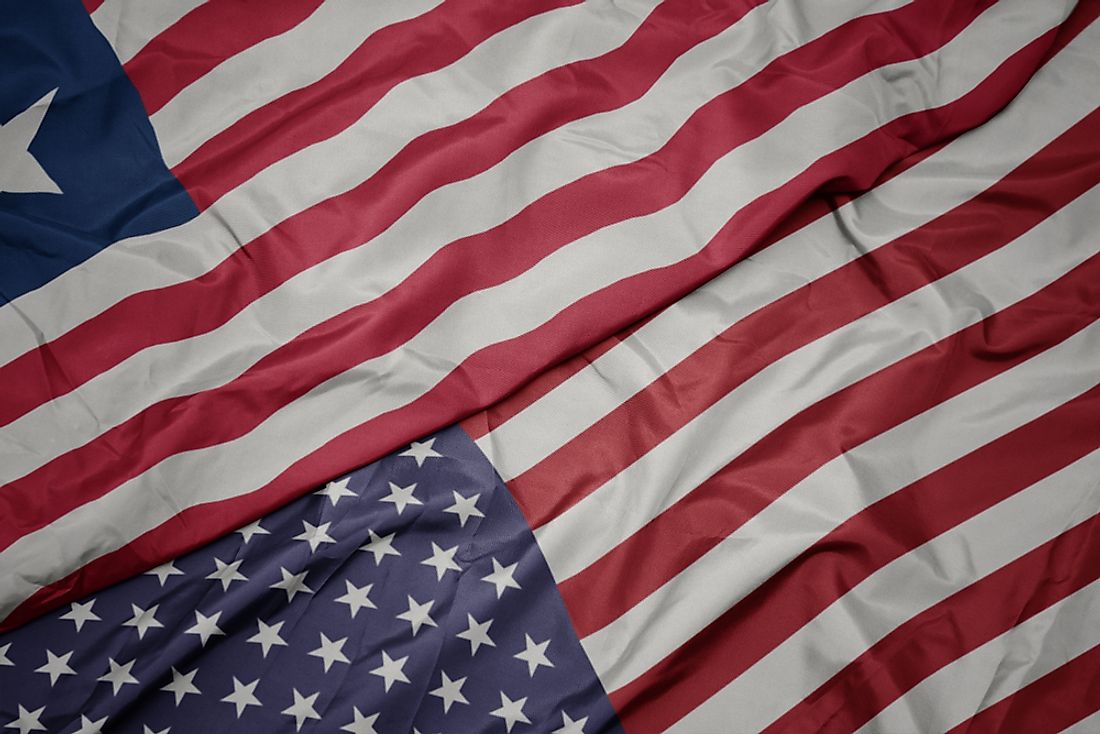Although
there are other languages spoken in Saint Lucia, English is the official
language. It is the language used in media, business, schools, and by the
government. The use of English in Saint Lucia dates back to the 16th century
when the British formed a colony in the Caribbean and tried unsuccessfully to settle it. The British were later able to take possession of Saint
Lucia as a colony. The island gained independence in 1979 and English continued
to be the official language. Interestingly, even with English being the
official language, a great number of locals speak Saint Lucian Creole French,
commonly known Patois. It is a language founded on French and West
African languages and was developed at the beginning of the era of French
colonization. Patois is used during informal settings, at home, and in the
streets. The popularity of Patois has led to the development of radio programs
and textbooks.
Some decades ago Patois was considered low class and an obstacle to acquiring job opportunities and bad for Saint Lucia’s image as a country hence the effort to root it out. However, this view has changed over the years, and Patois is now recognized as an integral part of the island’s culture. Patois is spoken by 95% of Saint Lucians. In total, approximately over one million people can speak the language, and it is a source of national pride.
Although a majority of Saint Lucians use Patois in their everyday lives, some of the phrases in the language are borrowed from the English language. These English words are sometimes used while conversing in Patois.
istorically, there were several indigenous languages spoken in Saint Lucia although most of them are inexistent today. Some of these languages belong to the Arawakan family. The Arawak people, who mainly inhabited the Caribbean, spoke these languages. An additional minority language family that was widespread in the greater Southern American region was Cariban language. Some of the Cariban languages are Hixkaryana and Macushi. However, these were already extinct in Saint Lucia in the 1920s.
This page was last modified on May 1st, 2018
More on Graphicmaps

Published on 2019-11-06
What is a Trade Embargo?

Published on 2019-11-04
Which Two Countries Used to Have the Same Flag?

Published on 2019-09-16
What Is the Only Two-Sided State Flag?

Published on 2019-09-16
Which Country Flag Looks Like the Texas Flag?

Published on 2019-08-29
Flags That Resemble the US Flag

Published on 2019-08-20
